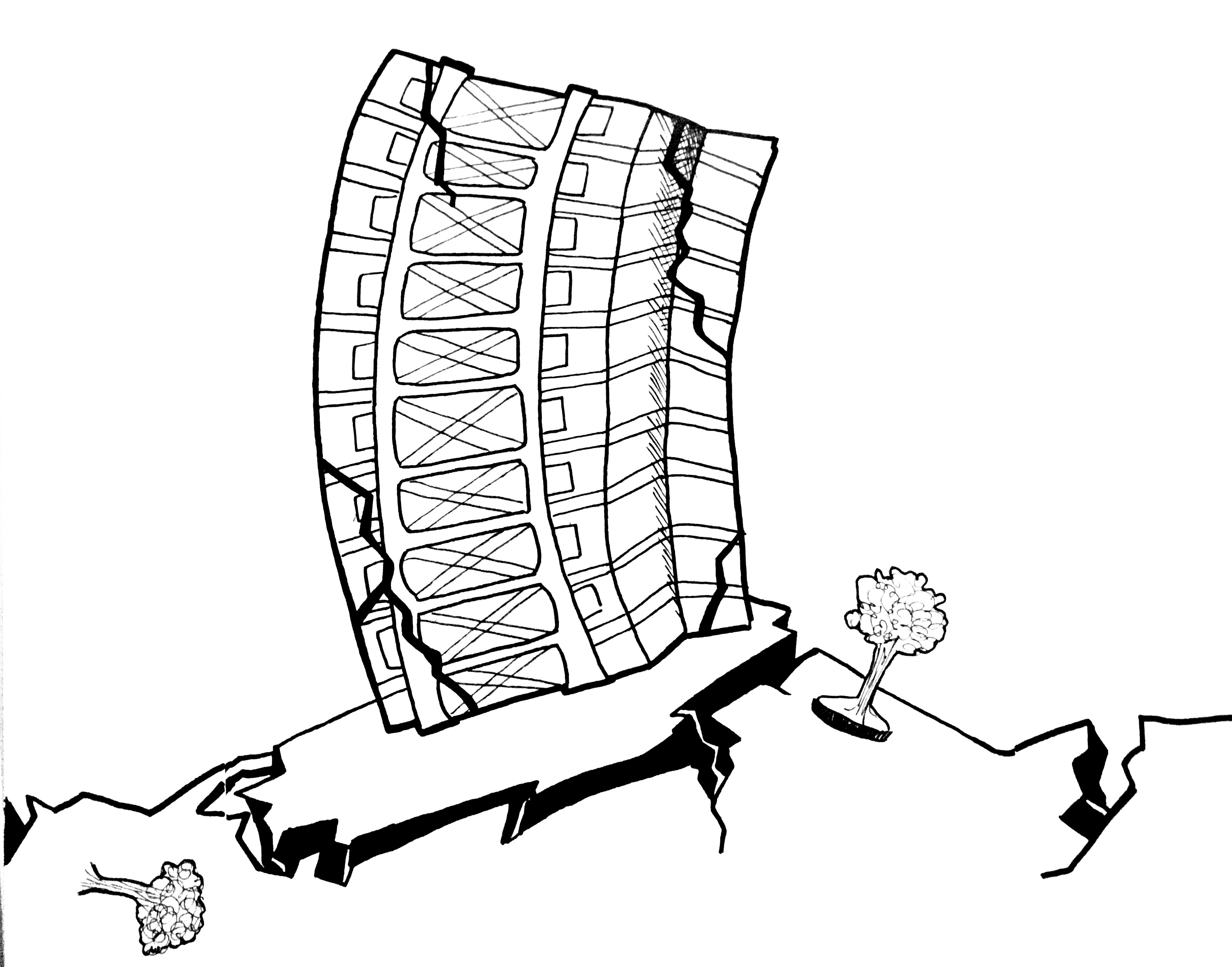USC must be ready for potentially destructive earthquake
For students in California, earthquake drills and natural disaster preparedness have been staples of the state’s education system. However, when students arrive at USC, this practice is no longer prioritized. And in the wake of the devastation wreaked by Hurricane Harvey in Texas and Irma in Florida and the Caribbean, as well as the damage done by a recent magnitude 8.1 earthquake in Mexico, the realities and urgency of proper disaster preparedness have become unavoidable. Particularly for the Los Angeles area, which rests along the San Andreas fault, understanding and preparing for the gravity of a future earthquake is imperative.
Recently, the Los Angeles Times published an in-depth article stating that Southern California could potentially bear witness to a magnitude 8.2 earthquake along the fault — one that would impact all of the region’s cities. As a leading university with students from around the country and world, USC must ensure that it utilizes its resources to protect Trojans before, during and after such a potentially major event.
An earthquake at or above this level would be catastrophic — according to the Los Angeles Times, 1,800 people could die: by fire, collapsing buildings, by vehicular accidents. Approximately 50,000 injuries could incur, and Los Angeles County would experience the highest number of casualties by far. The earthquake would rack up $213 billion of damages. USC rests south of the San Gabriel mountains, in an area overdue for a major earthquake by a century and a half.
USC holds a yearly Trojan ShakeOut Drill, intended for students, faculty and staff to rehearse behavior that could potentially save lives in the case of an earthquake. On USC’s Administrative Operations website, the proposed actions are described as “drop,” “cover” and “hold” in a one-minute drill. And yet, the drill is largely unenforced and occurs far too infrequently: the 2017 ShakeOut takes place in mid-October, a full two months after the fall semester begins. If students are spring admits, this wait time extends even longer —with potentially negative effects — if students are not from areas where earthquakes are expected and trained for.
In early 2016, nine apartment buildings introduced in USC Housing were deemed potentially dangerous by the Los Angeles Department of Building Safety in the case of a massive earthquake. These buildings — which included Century Apartments — were a fraction of tens of thousands of “soft-story” Los Angeles structures that posed similar risk. The University has been collaborating with USC Capital Construction on evaluating the apartment buildings, but building owners have up to seven years to finalize their retrofits after they are ordered by the city of Los Angeles.
Regardless, USC must consider the ramifications of a serious earthquake striking the Los Angeles area, taking into account the proximity of the Puente Hills fault, which runs under downtown Los Angeles — a magnitude 7.5 earthquake along the fault could prove more deadly than one from the more well-known San Andreas Fault.
At the very least, the University should be more proactive in making earthquake safety drills mandatory for all students. Last year, Stanford University — another California school that is in close proximity to an active fault — held a comprehensive disaster drill in which alerts were sent out on their text message notification system. In addition, staff members collaborated with the university hospital to mimic their collective response to the aftermath of a massive earthquake.
USC’s annual participation in the Great California ShakeOut is significant, but involves a narrower implementation of earthquake preparedness drills than Stanford employed. With the catastrophic consequences of natural disasters fresh in the American psyche, and the city of Los Angeles passing legislation to address vulnerabilities in its level of earthquake preparedness, it is time the University took decisive steps to prepare itself for the next earthquake.
As in other aspects of the community in which USC has shown a willingness to be a leader, the University should be proactive in ensuring it is well-equipped in the case of a disaster.
USC prepares its freshmen for various obstacles they may come across at the University. From alcoholEDU to sexual assault and consent education to the Undergraduate Student Government’s newest focus on implementing active shooter training programs, the University attempts to give its students the tools to confidently face their four years of college. However, the lack of proactive earthquake education and preparedness leaves students ill-prepared for not if, but when the big one hits.
Daily Trojan Fall 2017 Editorial Board

